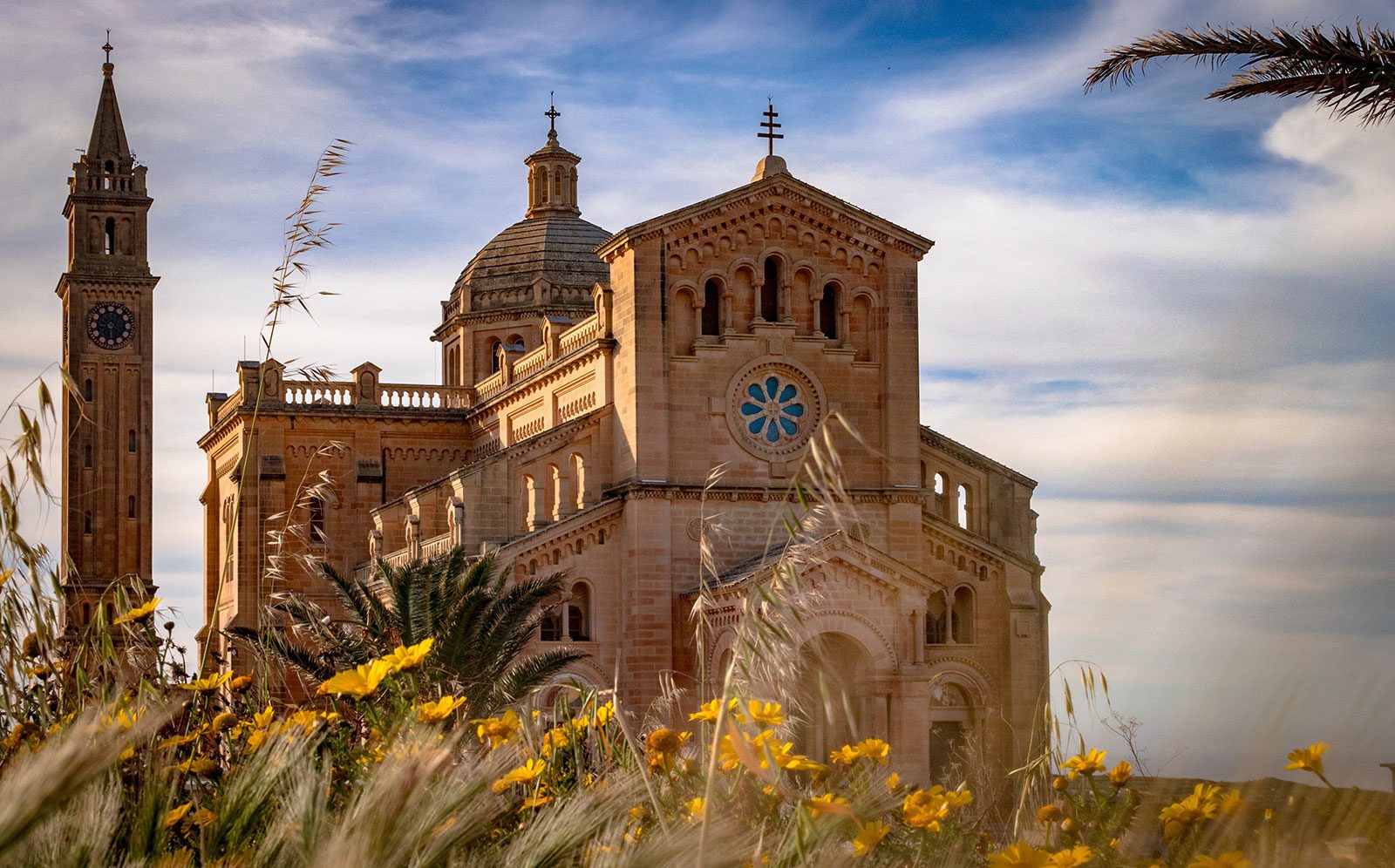The Citadel
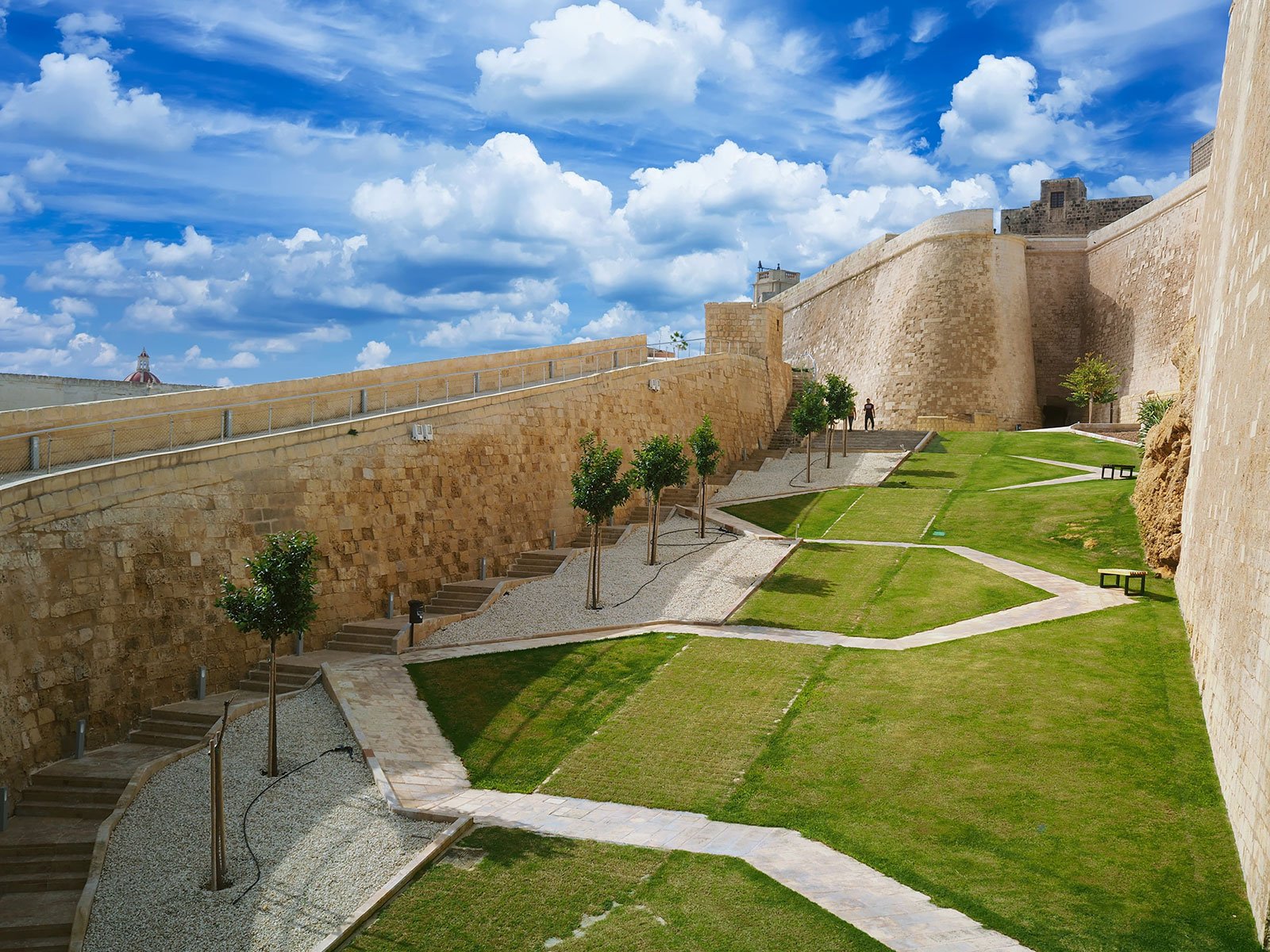
A UNESCO World Heritage Site, the Citadella or Citadel is a small fortified city situated on an imposing hilltop in Gozo’s capital city of Victoria. The Citadel always served as a site of defence and refuge for the inhabitants of Gozo in times of battle. It is believed to have been first fortified during the Bronze Age, and later developed by the Phoenicians and subsequently by the Romans, continuing to serve its strategic role over the centuries. The Knights of St John also reconstructed part of the complex at the turn of the seventeenth century. This acropolis also houses a 17th century baroque cathedral designed by Maltese architect Lorenzo Gafà.
Ta’ Pinu Shrine
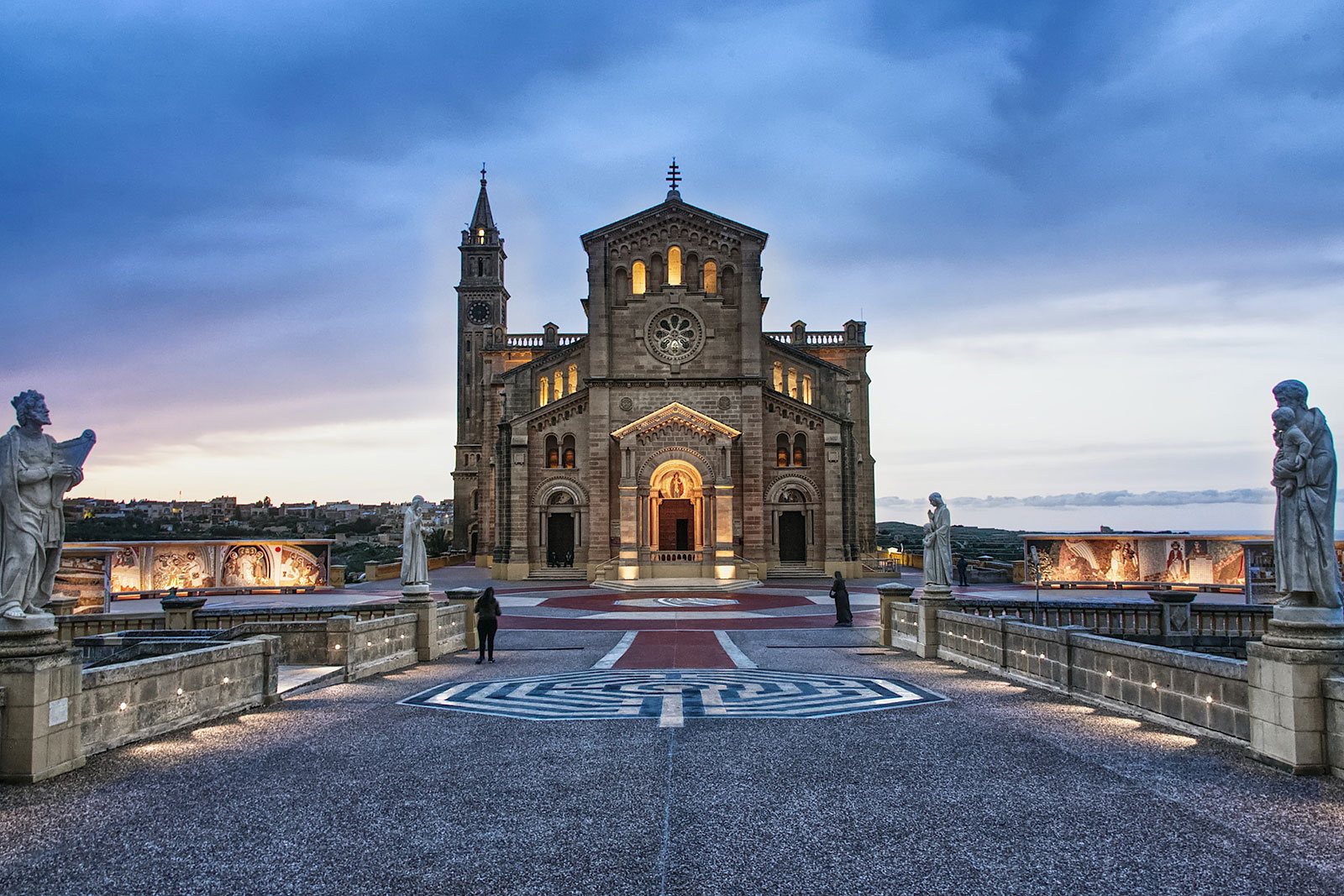
The origins of the church of Ta’ Pinu date back to the 17th century. Shortly after claims were made that the voice of Our Lady was being heard by passers-by and that people were miraculously healed as a result, Ta’ Pinu became a place of pilgrimage drawing crowds of devotees. The then chapel was transformed into a sanctuary and a Romanesque style church – later given the status of Minor Basilica – was built on site in the 1920s. The image of Our Lady was deemed miraculous by he who later became Pope Pius XII. The late Pope John Paul II who was recently beatified on May 1st, 2011 visited the Ta’ Pinu Shrine, where he prayed in the chapel and celebrated mass.
Azure Window
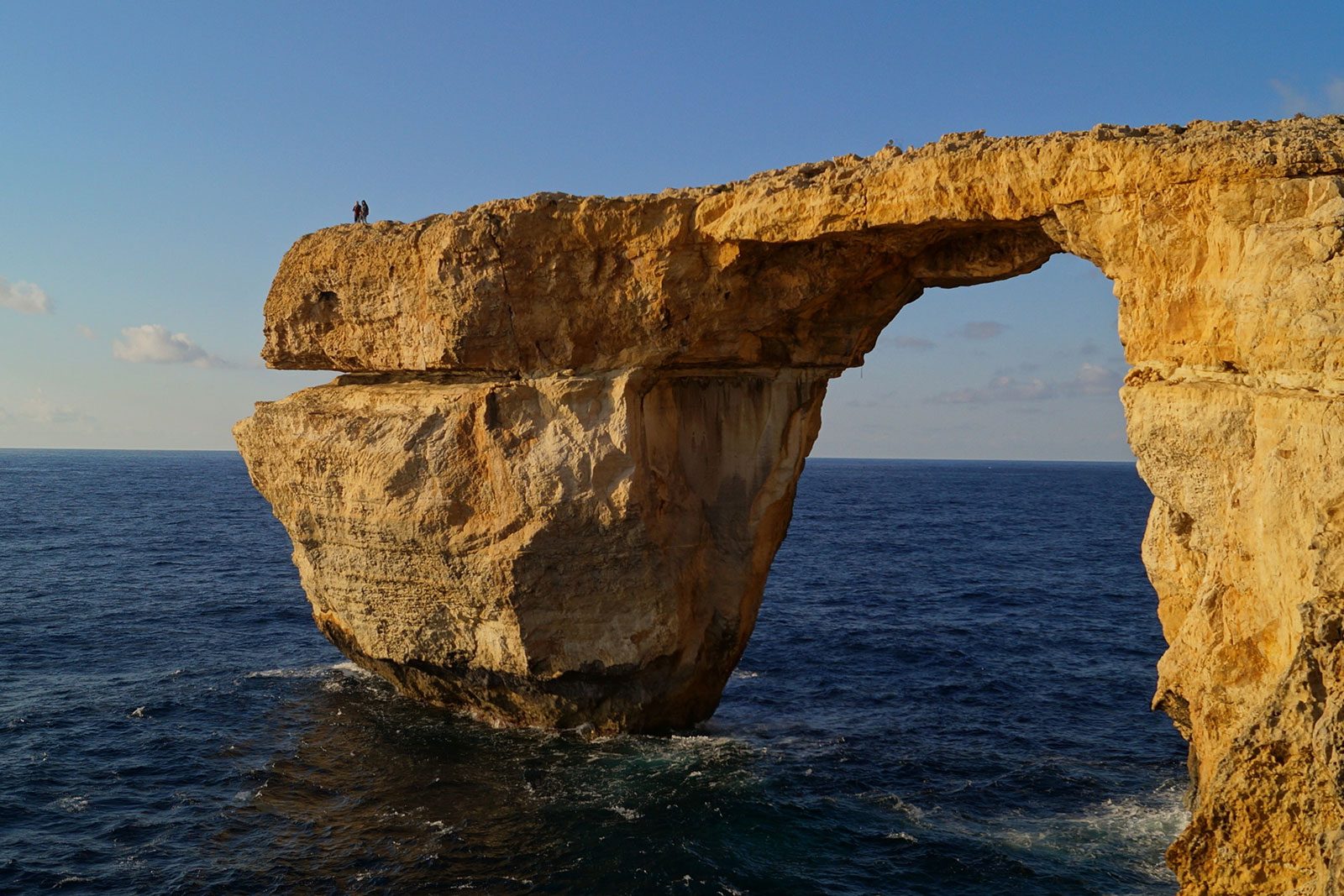
The Azure Window was a naturally formed arch that stands as if emerging from the sea at Dwerja, one of the most popular scuba diving sites in Gozo. As well as being a Gozitan landmark of scenic beauty, the Azure Window has featured in a number of films including Clash of the Titans (1981) and The Count of Monte Cristo (2002). The limestone feature, which was in Dwejra Bay close to the Inland Sea and Fungus Rock, was one of the island's major tourist attractions until it collapsed in stormy weather on 8 March 2017.
Ggantija Temples
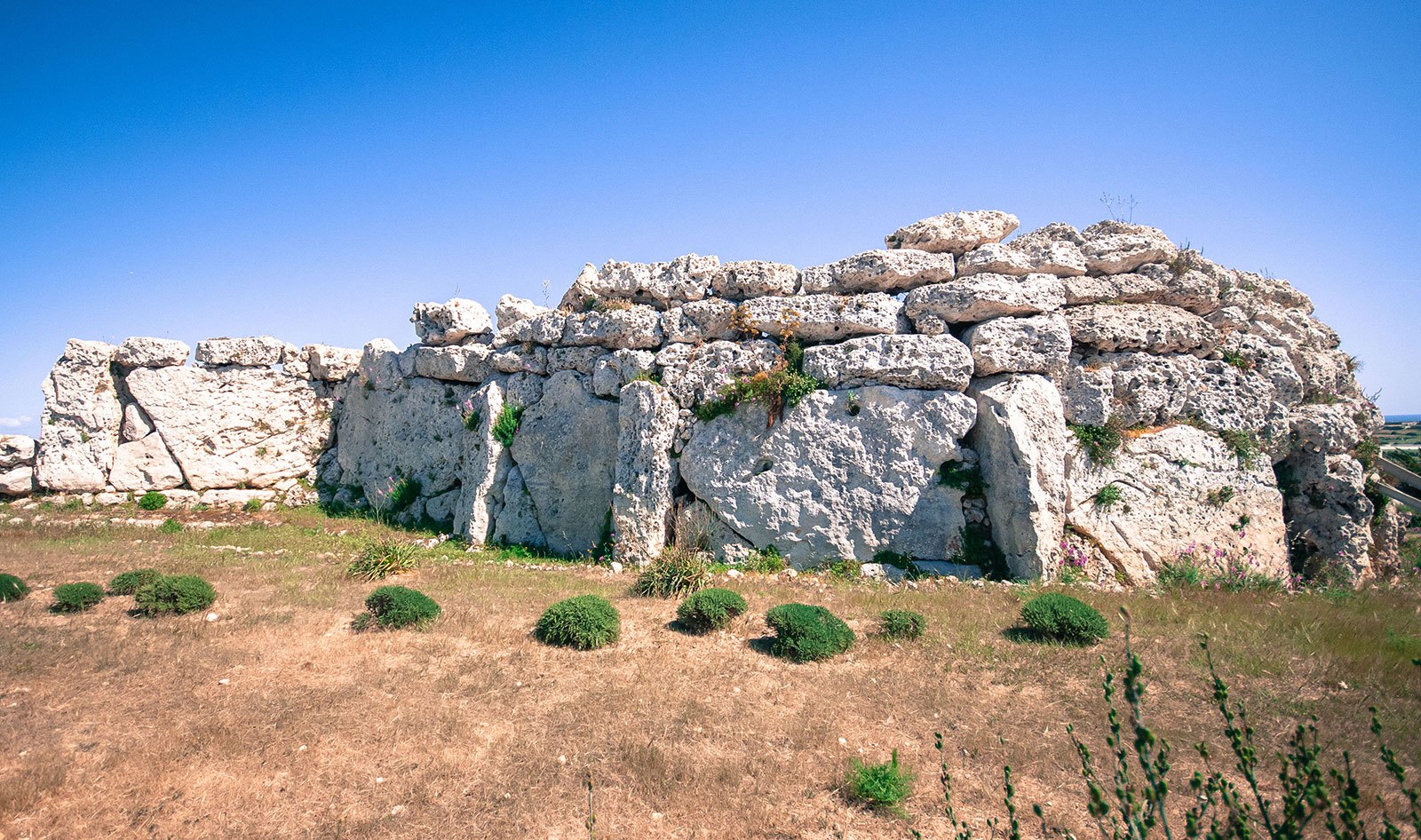
The Ggantija complex is composed of two Neolithic megalithic temples in Xaghra, constructed over 5500 years ago. These are reputed to be the oldest freestanding religious structures of their kind both in the Maltese islands and on an international scale. These UNESCO World Heritage Site temples, archeologists believe, may have served a fertility cult purpose, as the several figurines and statues excavated, depicting fertility and abundance, seem to imply. Legend has it that a female giant – hence the reference to giants in the very name attributed to this complex – built these temples as a site of worship.
